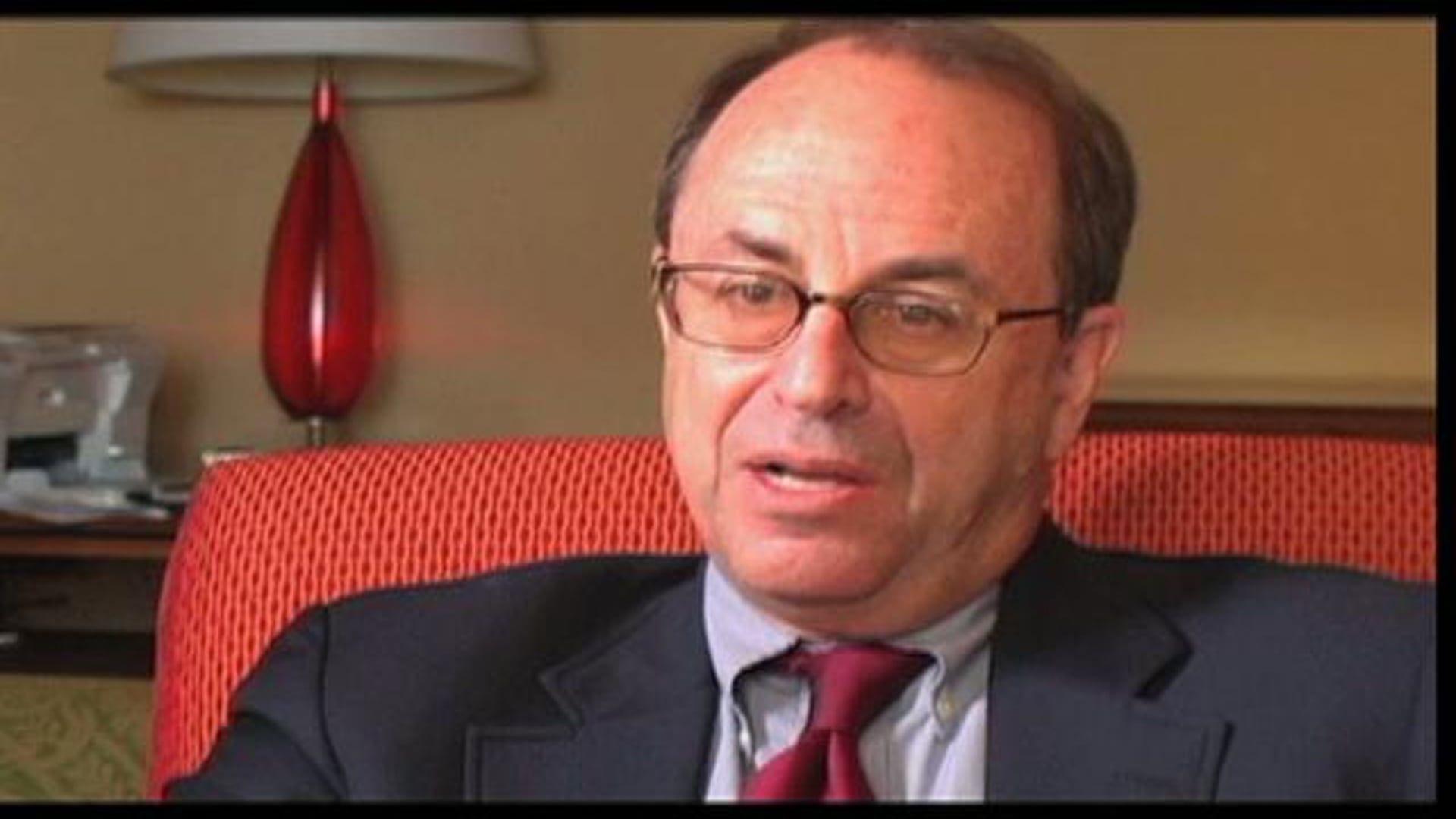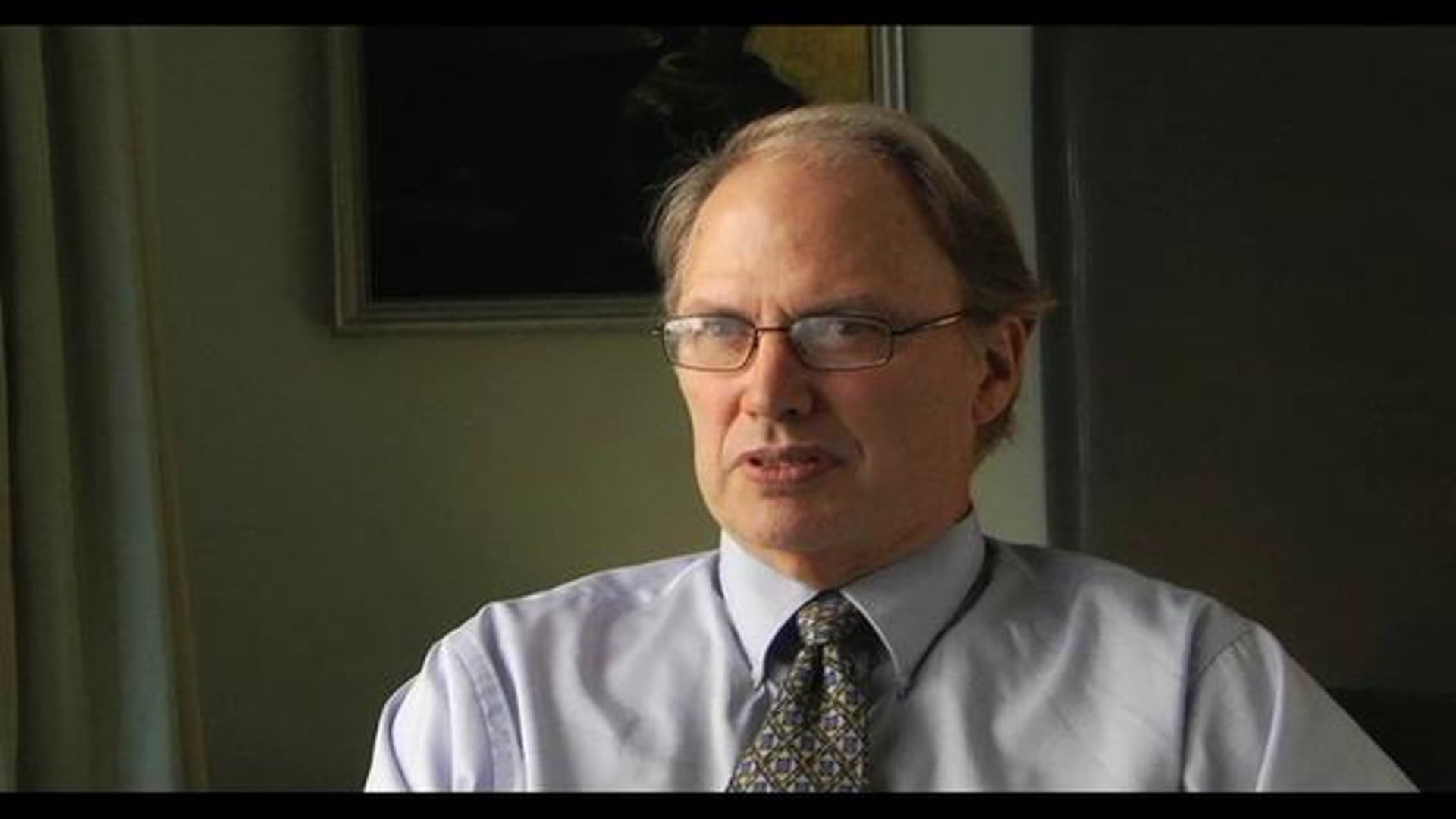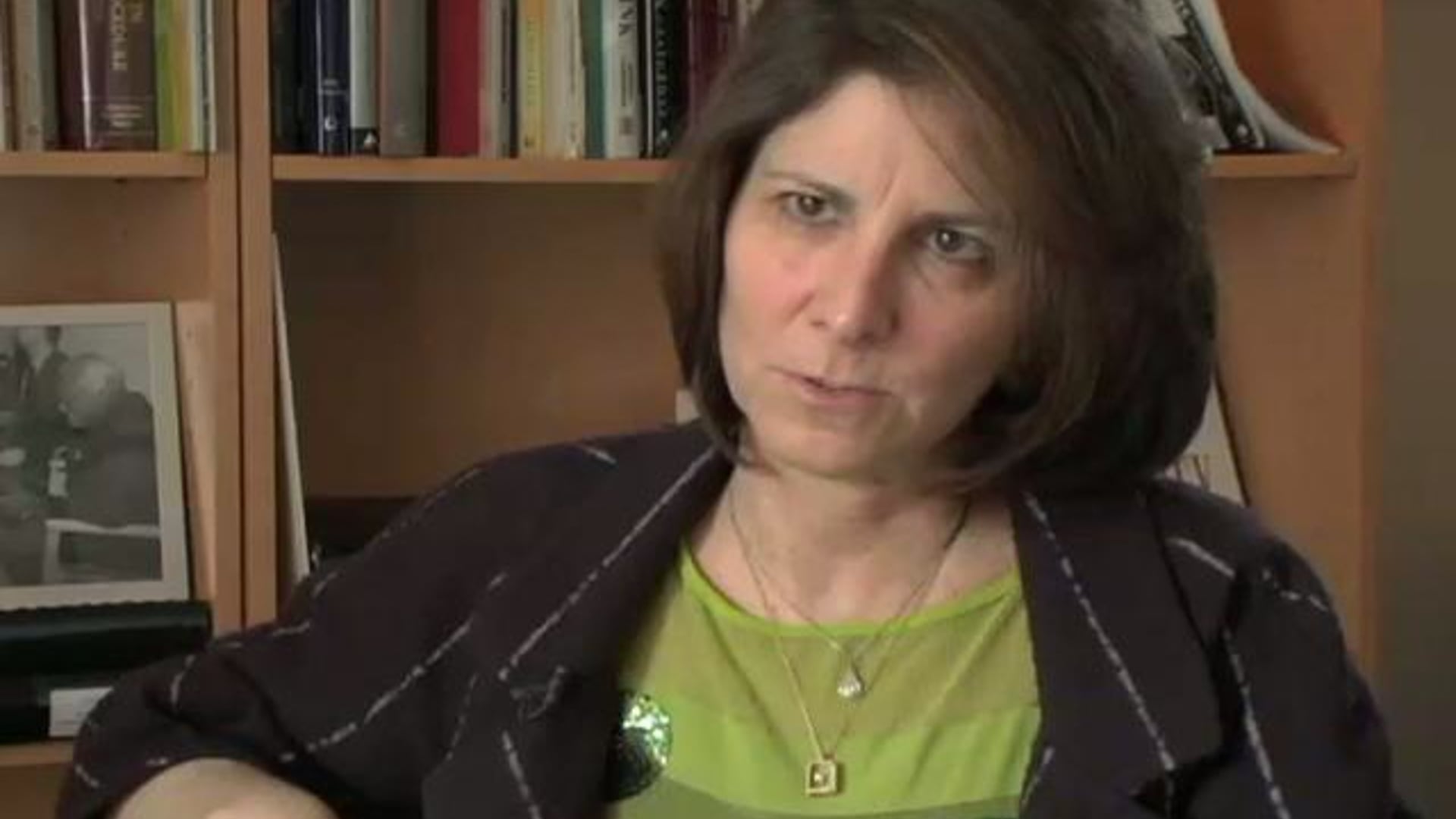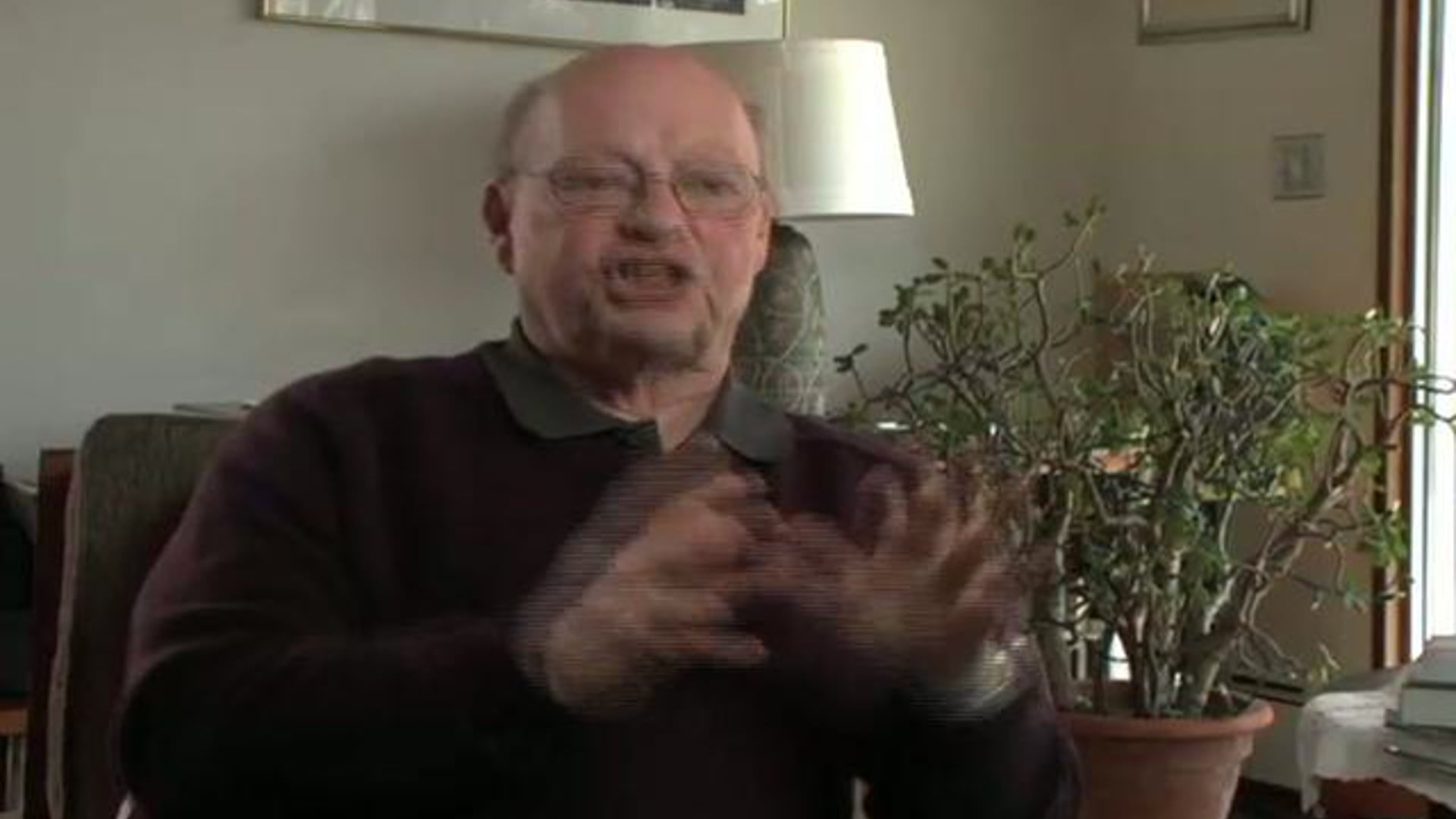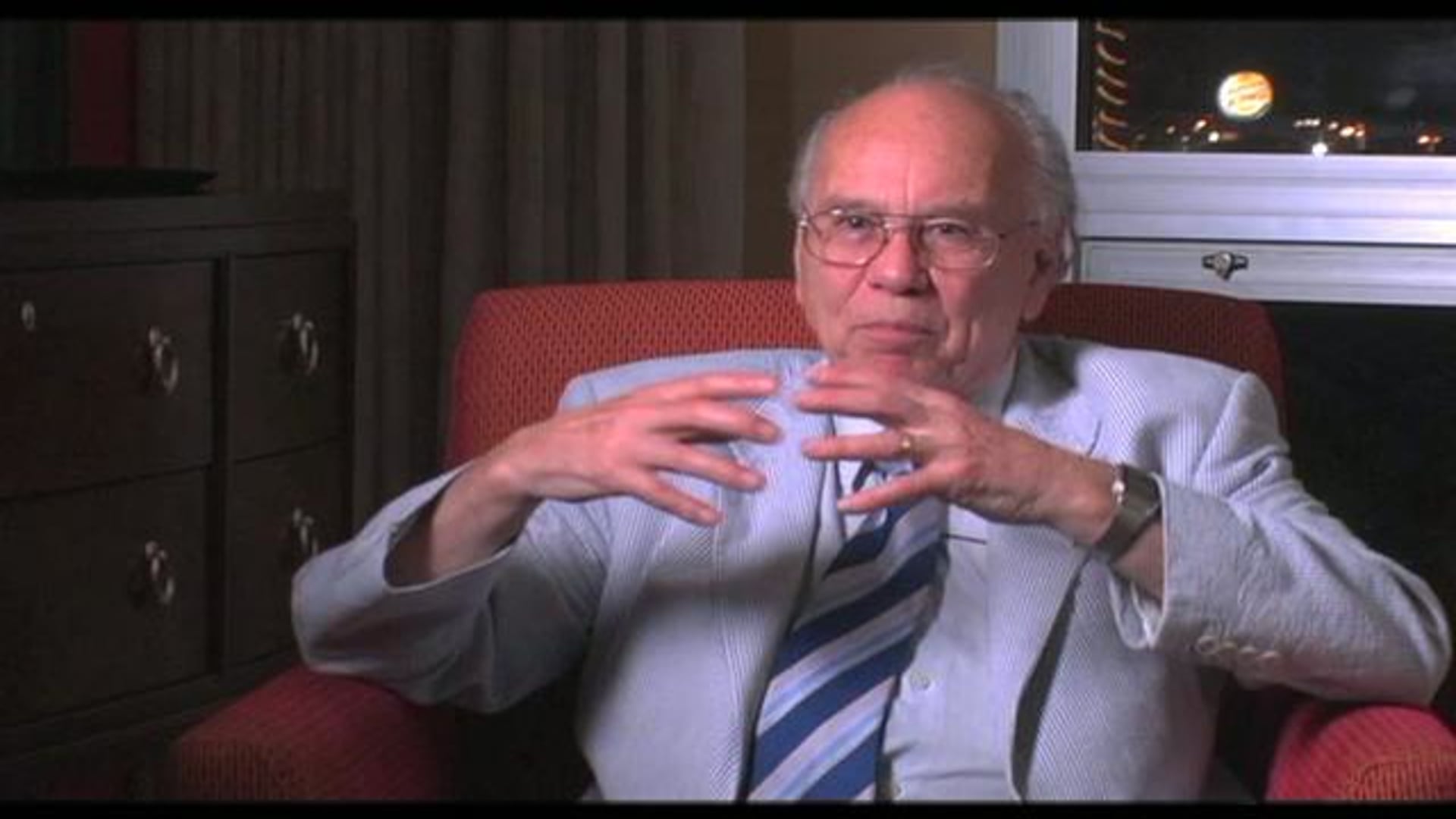The Duluth model and the women’s movement
The Duluth model of course is not therapeutic. It calls itself an intervention. So it doesn’t really believe in therapy. And that’s a real philosophical difference between Duluth and therapy… It was a feminist model. It saw violence as male perpetrated, done out of power and control. It didn’t have any psychological baggage. It was pretty simple and straight forward and easy to run. And It philosophically really fit it in with something that the women’s movement was looking for at that particular time. It held men accountable for their abuse, which is a good thing. But, on the other hand it precluded looking at any issues that might contribute to that man’s being abusive. Background, attachment issues, his own exposure to violence, his own victimization. All those things were just ruled out as something that we shouldn’t be looking at because they would be used as excuses. As a therapist, I think those are the very things that you want to look at, if you want to stop somebody from doing what they’ve been doing.
Violence Against Women Act
The Duluth model is kind of legislated by law. The Violence Against Women Act virtually all over the US. And so it’s put in place and there’s domestic violence consuls that make sure that people adhere to the Duluth model principals and if you try to do other forms of therapy, you don’t get a contract. So basically they own the system and have a very strong grip on the system. For example, I was speaking in Atlanta Georgia four, five years ago. And tried to offer some different therapeutic views, and really just hit the wall. I mean they sent a letter around saying you can’t possibly do any of this stuff, these ideas are “dangerous”, they actually said in the letter. All I was doing was talking about the issues, the psychological issues, developmental issues in abusive men.
The psychology of violence
I think that just the basic way that violence is learned, the kind of social learning, the modeling of violence that goes on in the family. The kids do imitate what they’ve seen, or it creates some kind of situation where they’re more likely to act out violence if they come from a family where there’s been violence. That is another major contribution of psychology, sort of knowing all the things about how people learn violence in the first place, and then how they rationalize it to themselves. How they tell themselves it’s not that bad, and they euphemize it and make it to be something that’s not as bad as what it is etc. These are all things that therapeutically are important to go after as well.
Duluth model treatment outcomes
When you compare it with control groups that are just sort of put on standby. They’re sort of on probation, but they’re not getting any treatment. People in the Duluth model, don’t do much better than the treatments, but there’s been study’s done in Brooklyn, there’s been studies done in Broward County, Florida, studies done in Boston, all over the place. Duluth doesn’t do very well. It has recidivism rates between 50 and 50 percent. No that’s not a whole lot better than if you didn’t do anything at all. Murray Straus did a study where they just surveyed men in America, and found all the ones that were severely violent. They went back a year later to find out if they’ve been violent again, 57 percent had. So Duluth is like dropping them by seven percent or ten percent, that’s not very good. Cognitive-behavioral models do better. I mean we did one where we evaluated treatment outcome for up to 11 years after treatment and we had a 21 percent failure rate. And I think the problem with Duluth, there’s a number of problems. One is, it’s not treatment. There’s no therapeutic bond form between the therapist and the client. You have to have a situation where people can kind of come in, feel they can talk about problems that somebody in there, even though they want them to change their abusiveness, they maybe accept them as a person. So they can say, you’re okay as a person, but these things you’re doing have to change. Can we agree on that? That’s the important thing that’s missing in Duluth, which is more of a kind of finger wagging model, very, very blaming. I’ve likened it to Chinese thought reform, because you’re trying to get this sort of compliance to agree with a political position, but, you’re not working on the emotions that underlie the attitudes, and I think that’s why Duluth fails, and will always fail.


